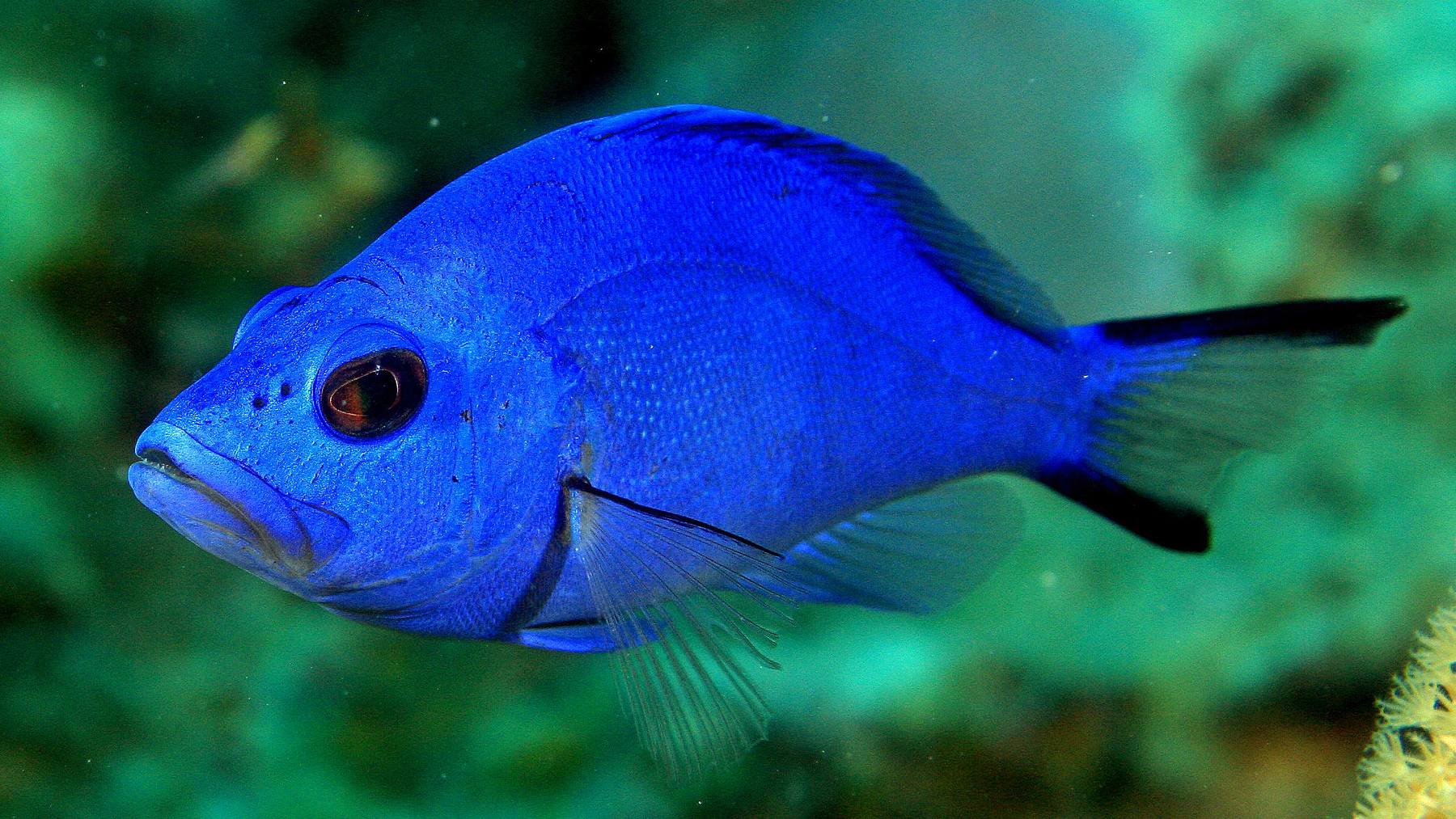The Caribbean fish is confusing scientists a lot. In the coral reefs of the Caribbean a small tropical fish was found and it’s called hamlet. Don’t be fooled by how common it looks, this fish is special since it’s making scientists rethink how species are defined.
Of course, the sea is full of many peculiar fishes, but I’m sure this one will shock you as it did with scientists. So, let’s find out how this peculiar fish is influencing science.
One fish, many colors
In case you see many hamlets swimming together, you might think they are different species. This is because some have black stripes, others are bright blue, or yellow, or orange. However, they are the same, but how could this be possible? because this fish’s DNA almost doesn’t change between one color and the other.
A group of 16 researchers analyzed the entire genome of 335 hamlets of 19 different ‘’species’’ in 15 places of the Caribbean. The plan was very clear: rebuilding a family tree to see how they have been separated throughout time. What it was found was amazing, only three species of the Mexico Gulf had clear genetic differences. The rest? They were almost identical.
The gene that makes the difference
Although the general DNA is very similar,something caught scientists’ attention: a gene called casz1. This gene is related to the way the fish sees colors and how it develops its own coloring pattern. What does this mean? Only one gene can affect how the fish looks as well as what type of partner they prefer.
This might seem silly, but it’s crucial because if a blue fish prefers another blue one, and a yellow fish is only interested in another yellow; breeding barriers are created. It’s not that they can’t have babies, but they just don’t want to (this is called selective breeding).
What’s really a species?
What biologists normally say about a species is that it’s a group of animals that don’t breed among each other. However, with hamlets’ case it’s different, because if they can, they won’t do it. Here, the limit among species is not on the global DNA, but on just one gene and the behaviour.
Basically, hamlets support the genetics vision of evolution: instead of the entire DNA changing a lot to create new species, it only needs a few important genes to be modified and alter key features. In this hamlets, it’s the casz1 gene.
Does this happen only in fish?
The scientific team used highly advanced technology to analyze more than 100,000 genetic markers. Unfortunately, this wasn’t useful either for separating in a clear way more than 8 of the 19 hamlet ‘’species’’.
Do you know scientists have seen something similar happening with butterflies, birds and even humans? In all these cases, the mix of the genes among populations can generate new features without making a total genetic separation.
Beyond the Caribbean
The study of this fish is really important for understanding biodiversity. How come? Well, if just one gene can create new ‘’species’’ in appearance, how many cases like this one will be out there in nature that haven’t been detected? What’s more, in a world where many species are endangered, understanding how they originate and how they live is essential.
Nature is complex, right?
This small Caribbean fish shows that nature doesn’t always follow simple rules that would make scientists’ job much easier. What it seems obvious at first glance (these marine animals being different) could not be when we analyze the DNA. We might see these fish and go: ‘’Aw, how cute!’’ but there’s more to it.
